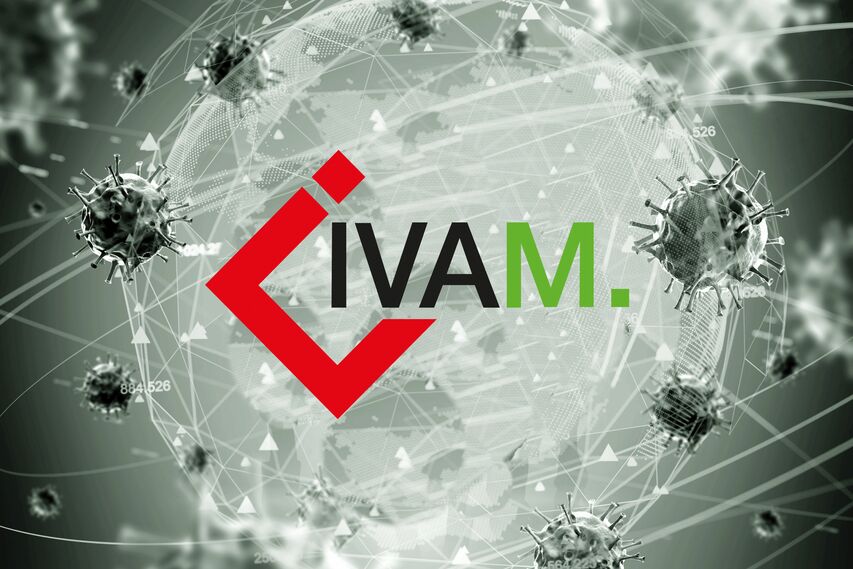

 Favorite (6)
Favorite (6)
Since the beginning of the coronavirus pandemic the whole world has to deal with high degree challenges. We learn how fragile our economic, health and social systems are and how dependent we have become in international cooperations. But we can also see how well societies, organized in solidarity, can deal with all the problems.
Technology is and remains a key to innovation. I am very pleased and proud that IVAM's high-tech network includes many companies and research institutions that have excellent approaches to what their technologies can contribute to solve current problems.
Here are some examples - be assured that many more will follow.
IVAM members are currently doing everything possible to get a grip of the pandemic. Microtechnical methods play a special role here. Microtechnology enables medical technology products to be made more efficient, smaller and therefore more mobile. New production methods allow us to react quickly to challenges and to provide urgently needed products in the shortest possible time. Within a few days, IVAM companies were already presenting solutions to combat the consequences of the pandemic. We see four major areas in which short-term help was offered:
Slowing down the rate of infection is a priority for everyone in order to minimize the number of serious illnesses and therefore not to overload the health care systems. Protective equipment such as protective suits, masks or shields were quickly sold out. Fortunately, the development of 3D printing processes has been greatly promoted in recent years. Without major set-up times or the development of masters and tools, the production of e.g. protective shields or corresponding mounts can be started:
An important point when dealing with COVID-19 patients is the observance of the highest hygiene criteria, especially constant cleaning and disinfection. Here, too, microtechnologists offer a range of products and aids:
Respiratory equipment is necessary during treatment, especially in the case of severe course of Covid-19. It soon became apparent that the worldwide health care systems were not sufficiently equipped.
As long as no medication or vaccine is available, infection rates must be kept low. In order to ensure this, fast and reliable tests are necessary.
The first measure introduced worldwide was body temperature control. This should take place without contact with the potentially infected person if possible:
For the detection of the virus itself, biosensors, e.g. in microfluidic systems, play an important role:
The most important task, of course, remains the development of drug and vaccine. To do this, the biochemical structure of the virus must be elucidated and its effective components identified. Microfluidic lab-on-a-chip systems or the processing of smallest amounts of liquids are of utmost importance. A large number of scientists around the world are already working on the genome analysis of the virus and on sequencing methods for recognizing the relevant DNA sequences and searching for appropriate antidotes:
Although microtechnology companies are suffering from the effects of the pandemic, they are also the ones who can make a major contribution to combating it. Moreover, the experience gained today at COVID-19 can be incorporated into new technologies, so that we will be much better prepared for future crises of this kind. It is therefore not surprising that microtechnology companies do not expect long-term economic problems from the pandemic, according to a study by IVAM in March 2020.
IVAM wants to report regularly about new projects, products, services of our members in connection with the coronavirus. On the one hand, we want to give our members the opportunity to market their products in a time of "social distancing" without fairs and conferences. On the other hand, we want to give an interested public important information about high-tech solutions against Covid-19.
If you have products you want to report on, please contact us!